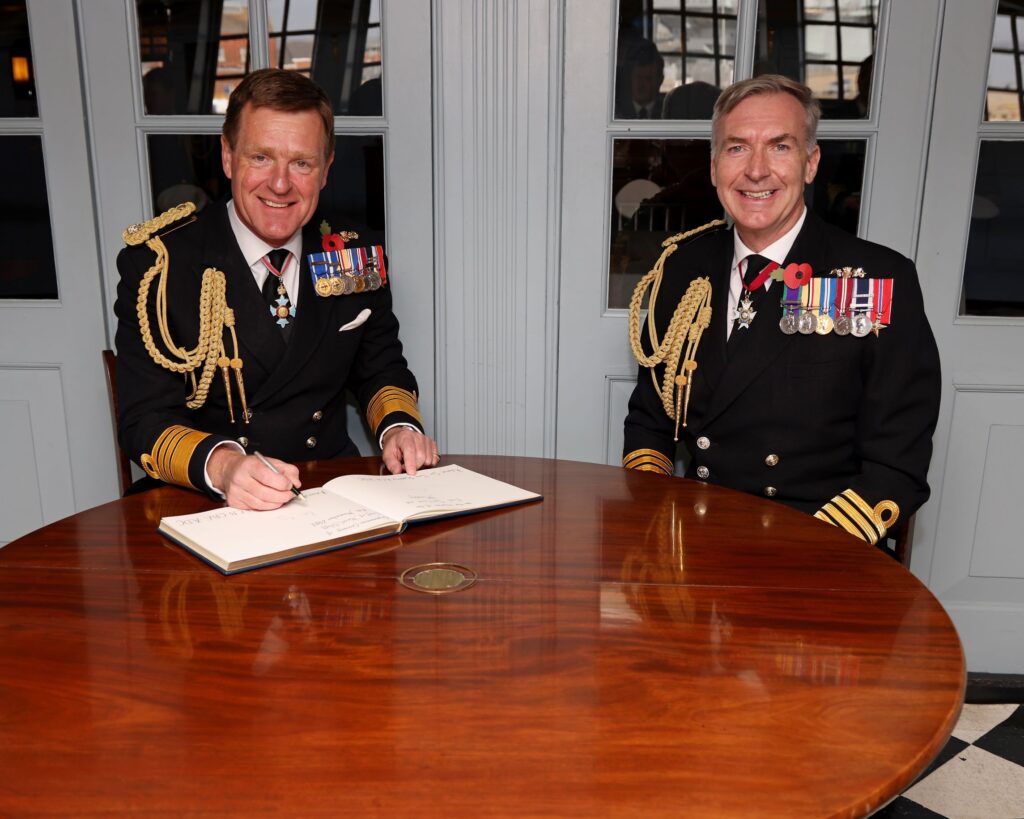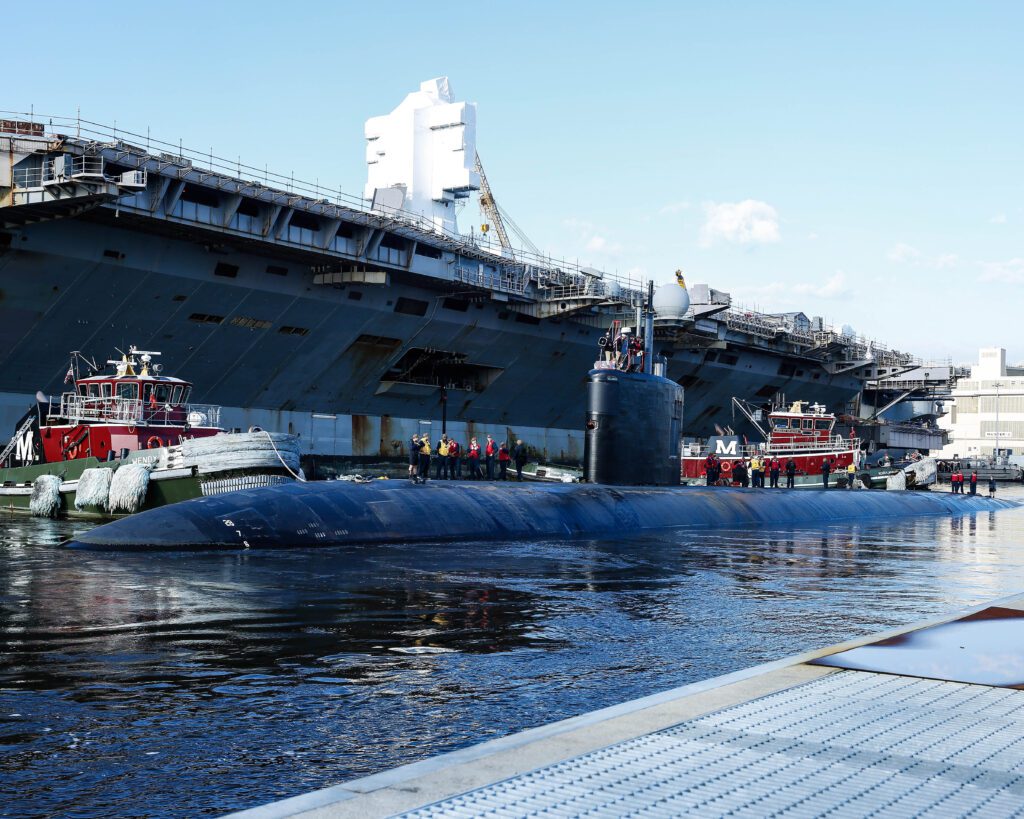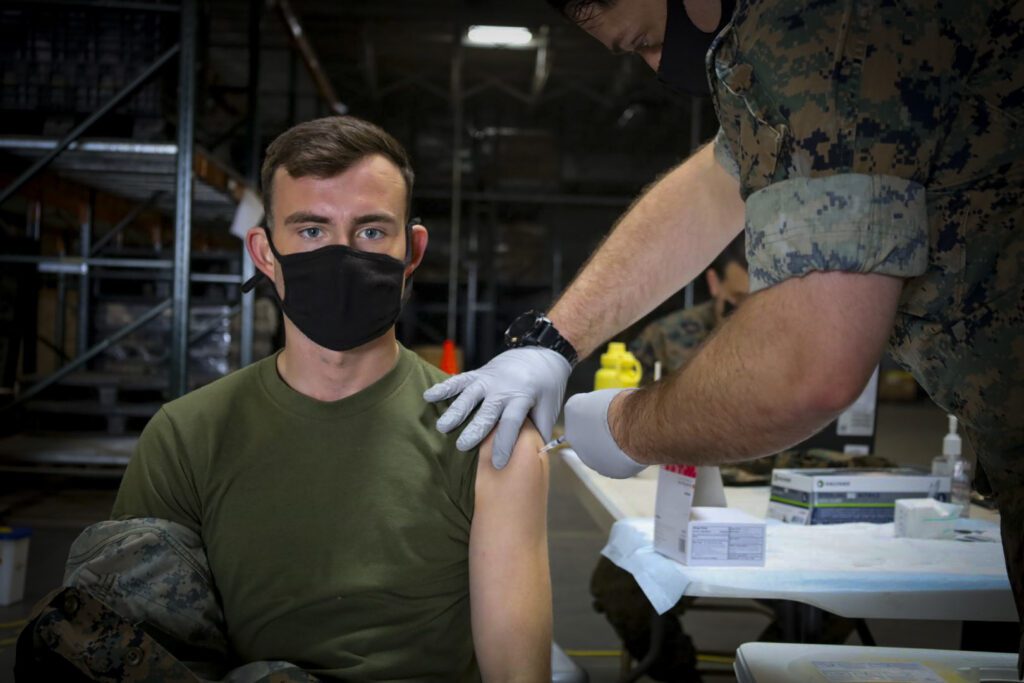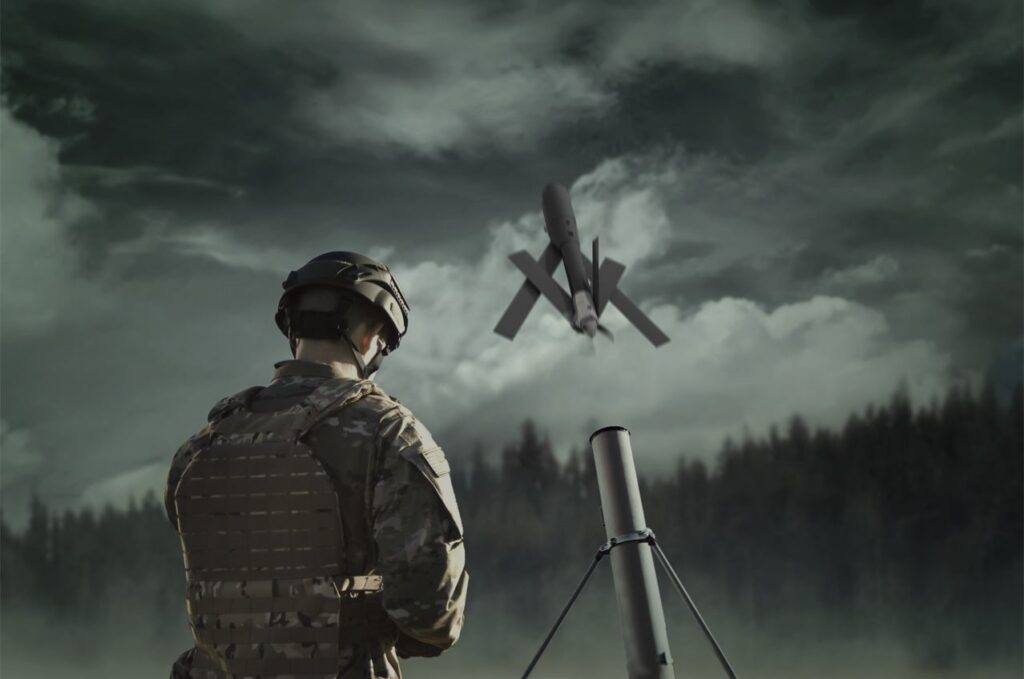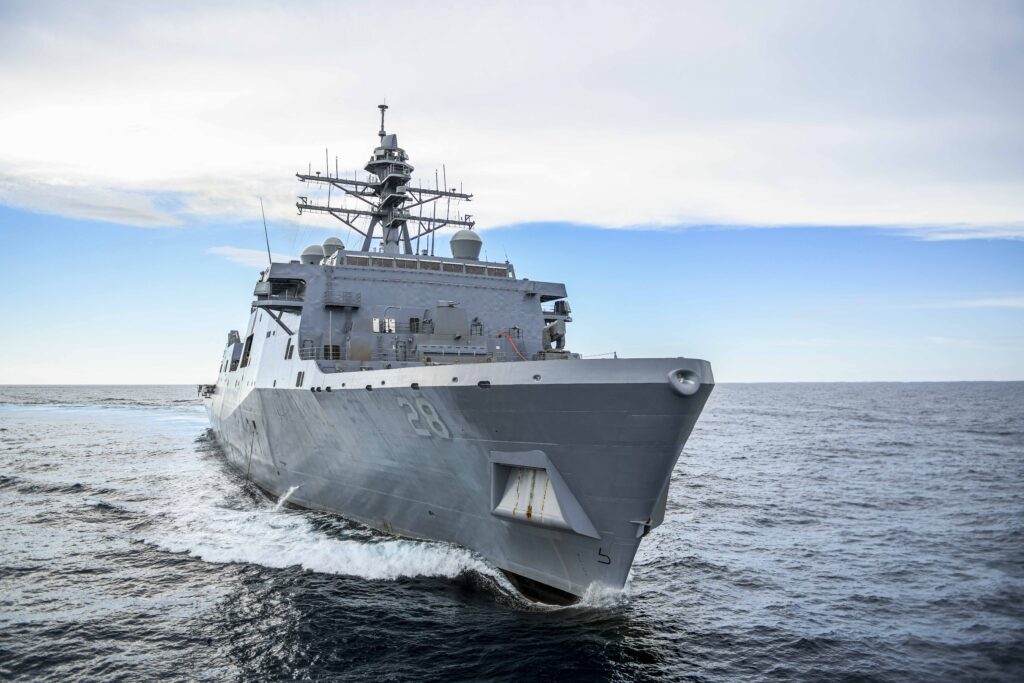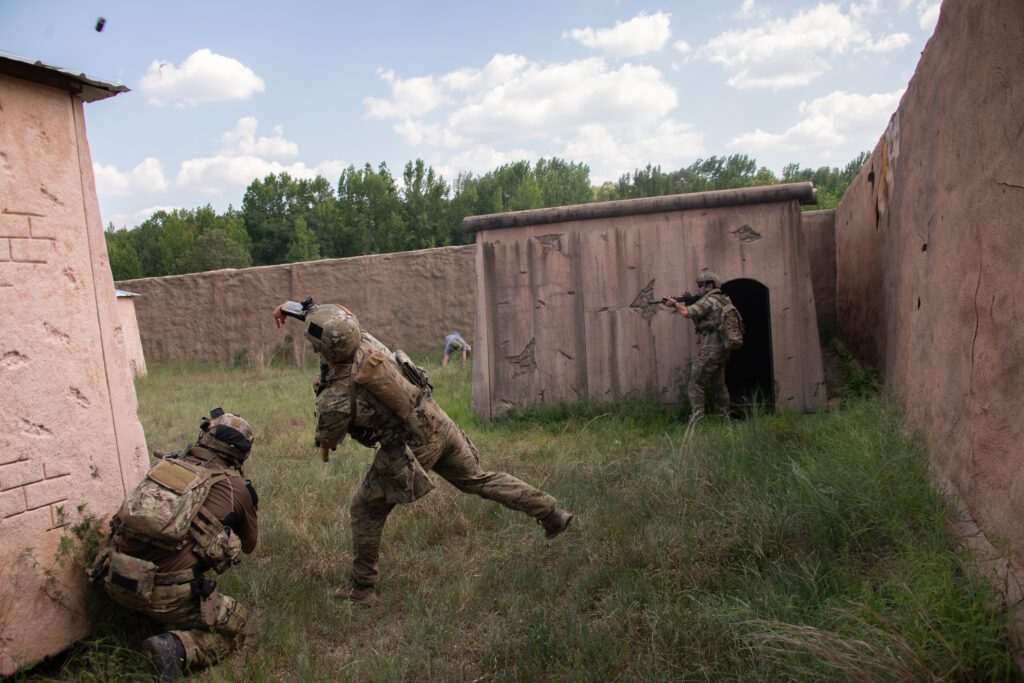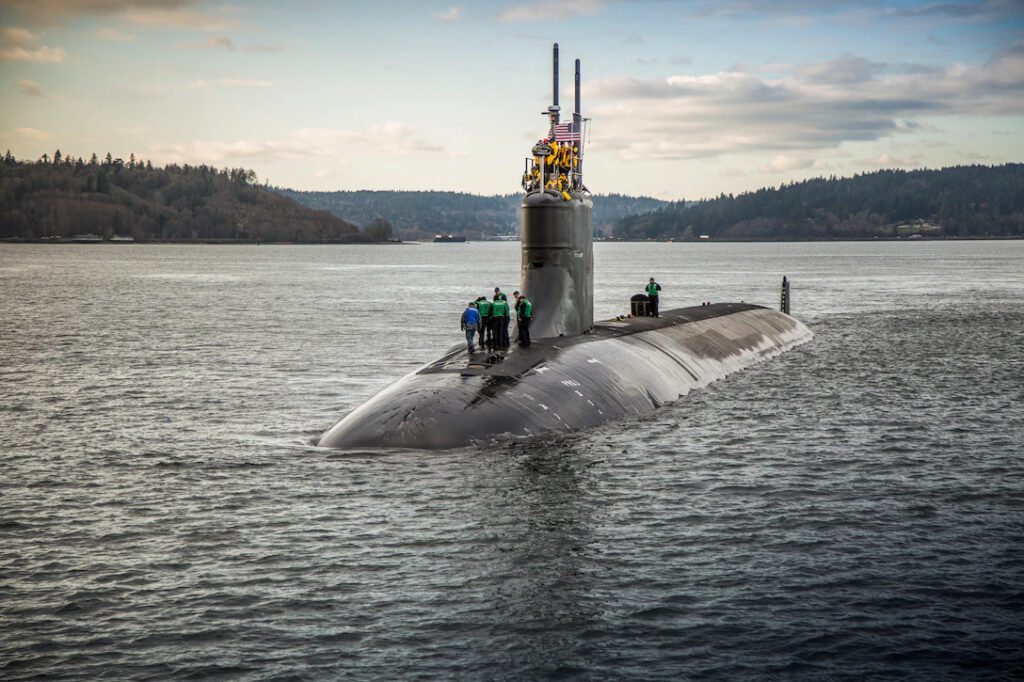Future USNS Harvey Milk Christened at General Dynamics NASSCO San Diego
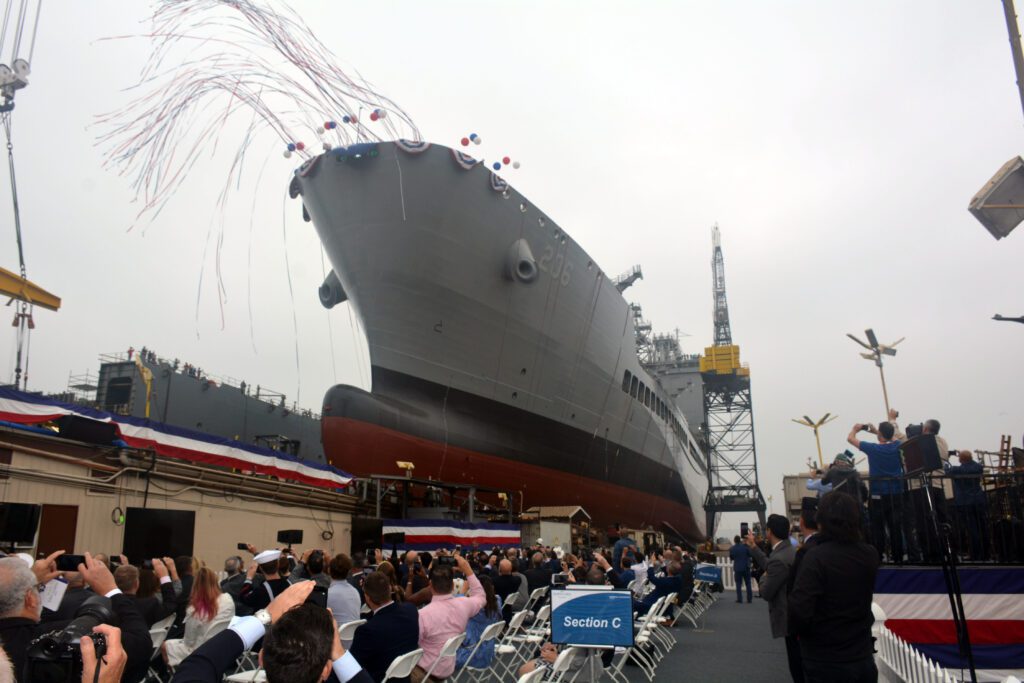
SAN DIEGO — Fleet replenishment oiler USNS Harvey Milk (T-AO 206), the Military Sealift Command’s newest ship, was christened during a ceremony at the General Dynamics NASSCO shipyard in San Diego, Nov. 7, Navy spokeswoman Sarah Burford said in a release.
The event was attended by the family of the ship’s namesake as well as other dignitaries included Carlos Del Toro, secretary of the Navy; former Secretary of the Navy Ray Mabus; Vice Adm. Jeffery Hughes, deputy chief naval operations for Warfighting Development; Rear Adm. Stephen Barnett, commander, Navy Region Southwest; Rear Adm. Michael Wettlaufer, commander, Military Sealift Command; Capt. James White, Milk’s civil service master; Todd Gloria, mayor, San Diego; former Rep. Susan Davis; Jen Campbell, San Diego Council president; Anne Kronenberg, activist and Milk’s former campaign manager; members of the Harvey Milk Foundation, and members of the LGBTQ+ community.
The ship honors Navy veteran and LGBT activist Harvey Milk, one of the first openly gay candidates elected to public office as a member of the San Francisco Board of Supervisors in 1978. He was assassinated Nov. 10, 1978, 10 months after he was sworn in, by fellow City Supervisor Dan White. Milk was posthumously awarded the Presidential Medal of Freedom in 2009 for his activism. USNS Harvey Milk is the first ship named for an openly gay person.
“The secretary of the Navy needed to be here today, not just to amend the wrongs of the past, but to give inspiration to all of our LGBTQ community leaders who served in the Navy, in uniform today and in the civilian workforce as well too, and to tell them that we’re committed to them in the future,” Del Toro said, noting that Milk resigned his commission and was discharged from the Navy for being gay. “For far too long, sailors like Lt. j.g. Milk were forced into the shadows or, worse yet, forced out of our beloved Navy. That injustice is part of our Navy history, but so is the perseverance of all who continue to serve in the face of injustice.”
“My uncle never dreamed of having a ship, or a street, or a park, or a school named after him,” said Stuart Milk, Harvey’s nephew and the keynote speaker at the ceremony. “What we celebrate today is that the Navy honors the difference between tolerance and acceptance.”
The 746-foot Milk is the second ship in the new John Lewis-class previously known as the TAO(X). This class of oilers has the ability to carry 162,000 barrels of diesel ship fuel, aviation fuel and dry stores cargo. The upgraded oiler is built with double hulls to protect against oil spills and strengthened cargo and ballast tanks, and will be equipped with a basic self-defense capability, including crew served weapons, degaussing, and Nixie Torpedo decoys, and has space, weight, and power reservations for close in weapon systems such as SeaRAMs and an antitorpedo torpedo defense system. The Lewis-class of oilers will replace the current Kaiser-class fleet replenishment oilers and they age out of the MSC fleet.
“A Navy veteran and tireless advocate for equality and universal rights, having Harvey Milk as the namesake for this ship as she adds to our nation’s strategic advantage in agile logistics is absolutely awesome,” said Wettlaufer. “With enhanced capabilities in storage and delivery of fuel and cargo, Harvey Milk will support our Navy in the away game as we keep our country safe far from home and protect the sea lines of communication. Important to our economic vitality and assuring allies and partners, this ship will help promote freedom of access to international seas and the rules based international order that has sustained the peace over the last 70 years.”
Speaking before breaking a bottle of champagne across the ship’s hull, the ship’s sponsor, Paula Neira, clinical program director of the Johns Hopkins Center for Transgender Health and a Navy veteran, said, “When Harvey Milk sails, she’ll send a message both domestically and around the globe to everybody that believes in justice and freedom and liberty, that there is a place for you in this family.”
Following the traditional champagne christening, Milk slid into the water with its horn blowing, streamers flying and music from the Navy Band Southwest playing.
Five more Lewis-class oilers are on order for the Navy. In July 2016, then-Secretary of the Navy Ray Mabus said he would name the Lewis-class oilers after prominent civil rights activists and leaders including Earl Warren, Sojourner Truth, Lucy Stone and Robert F. Kennedy.
